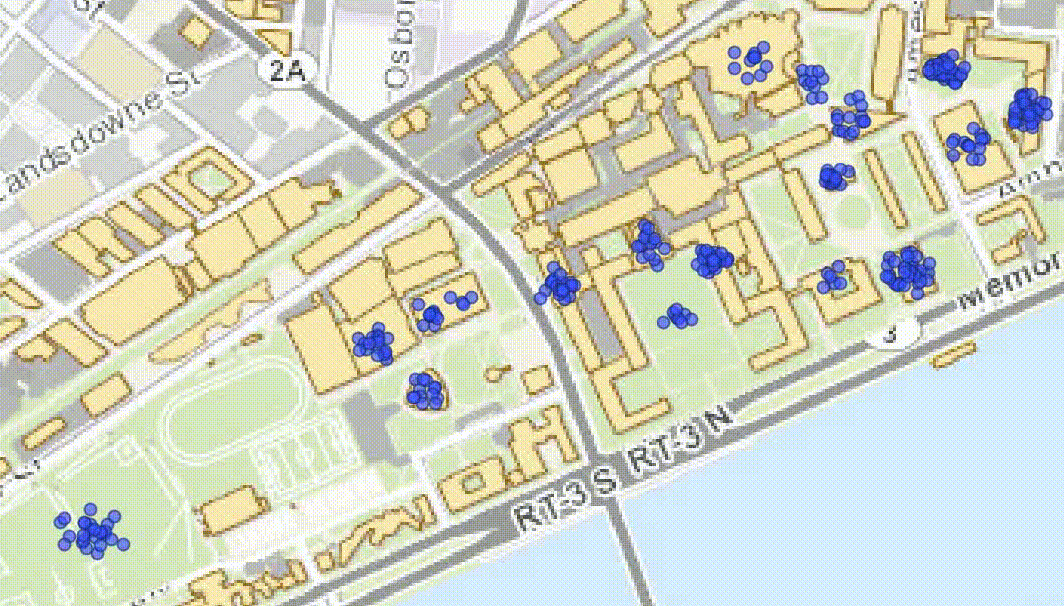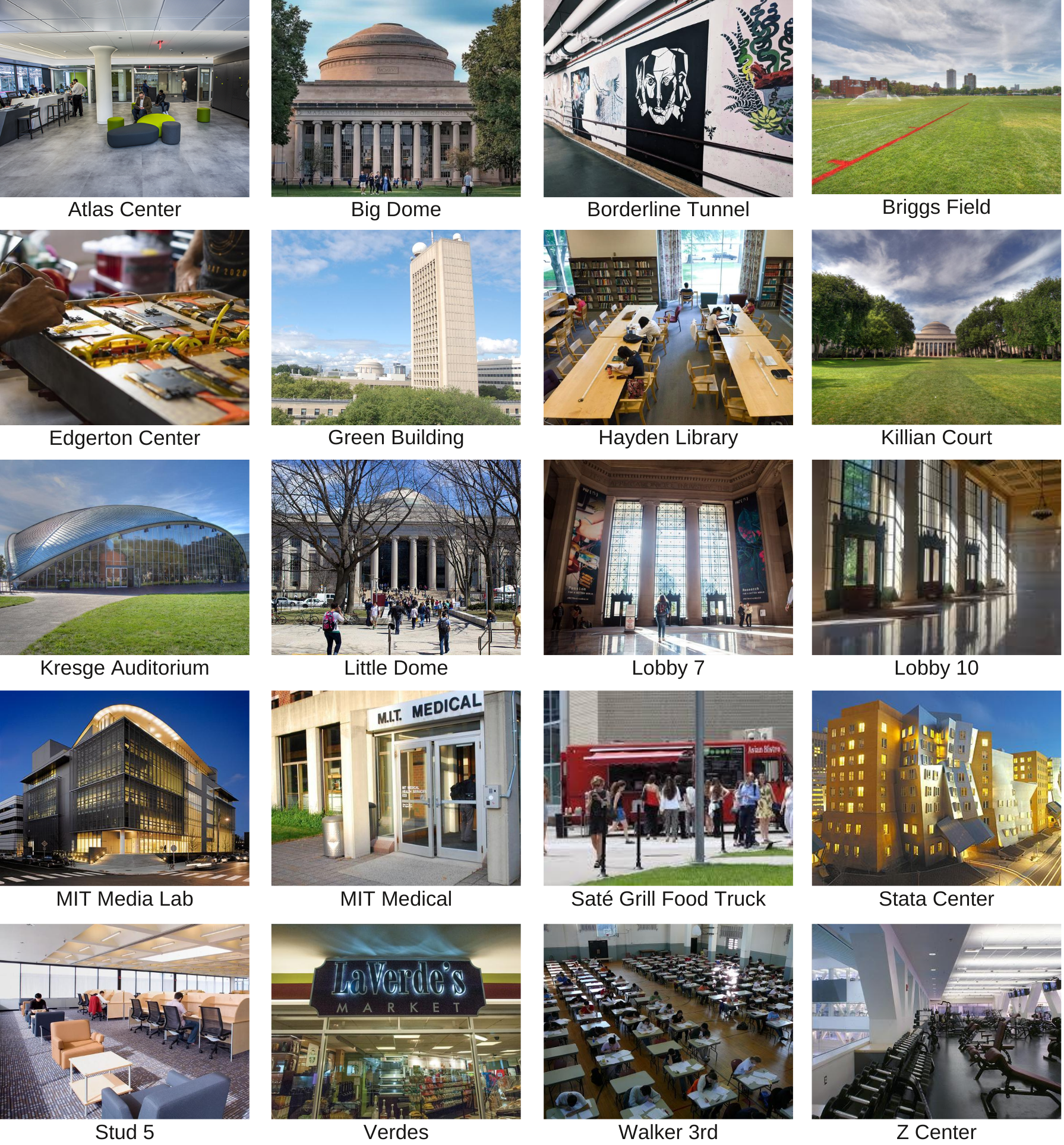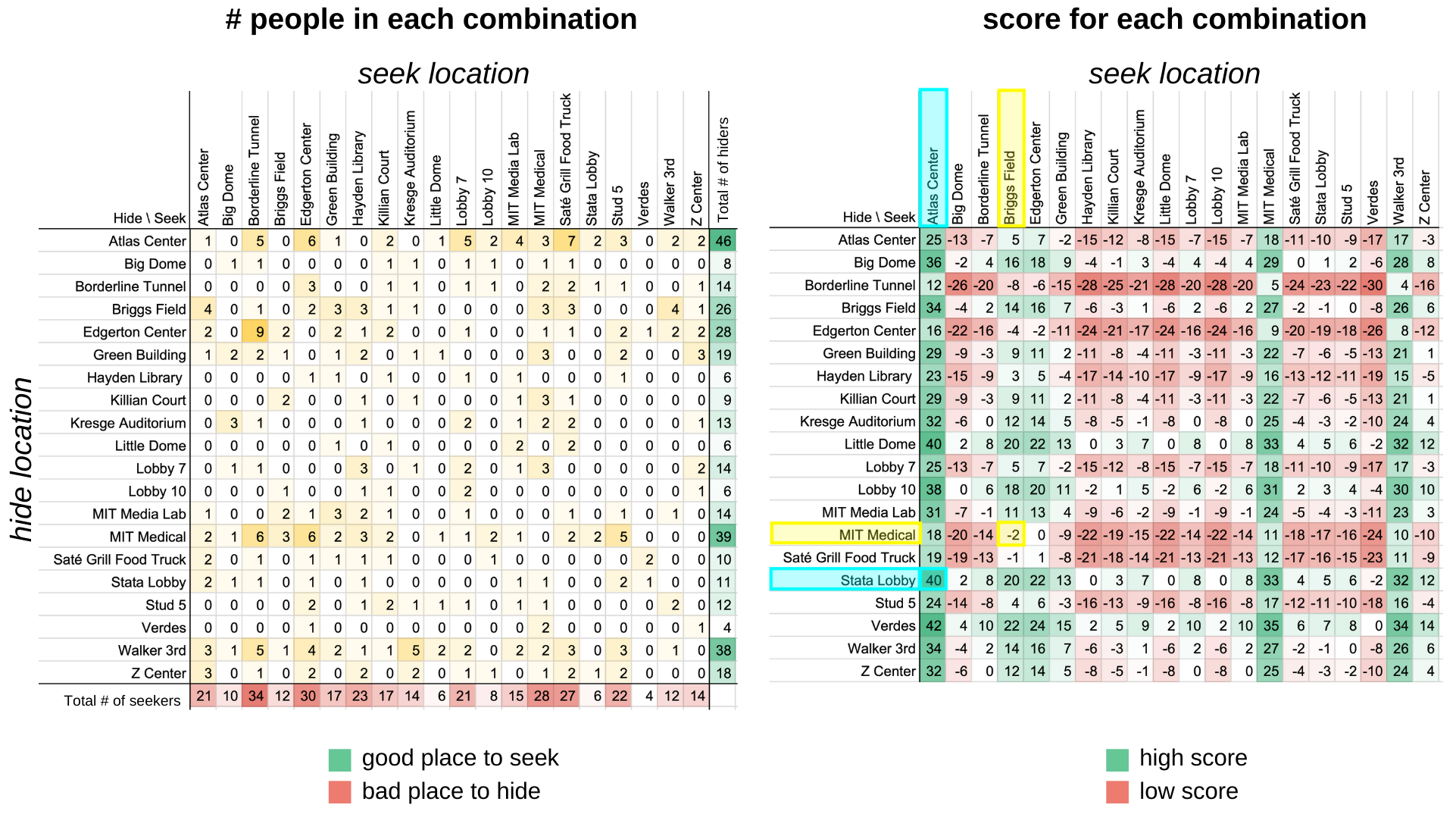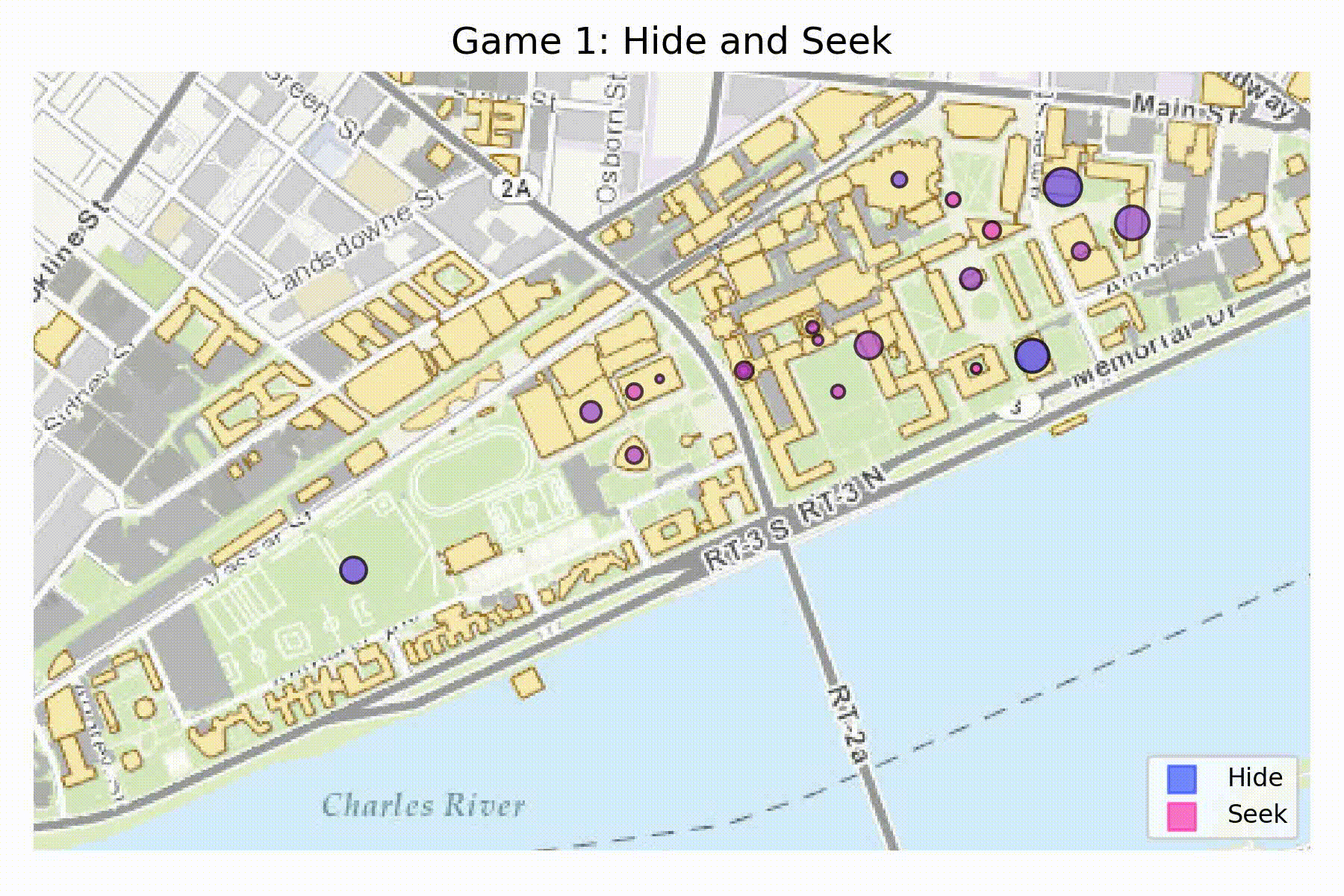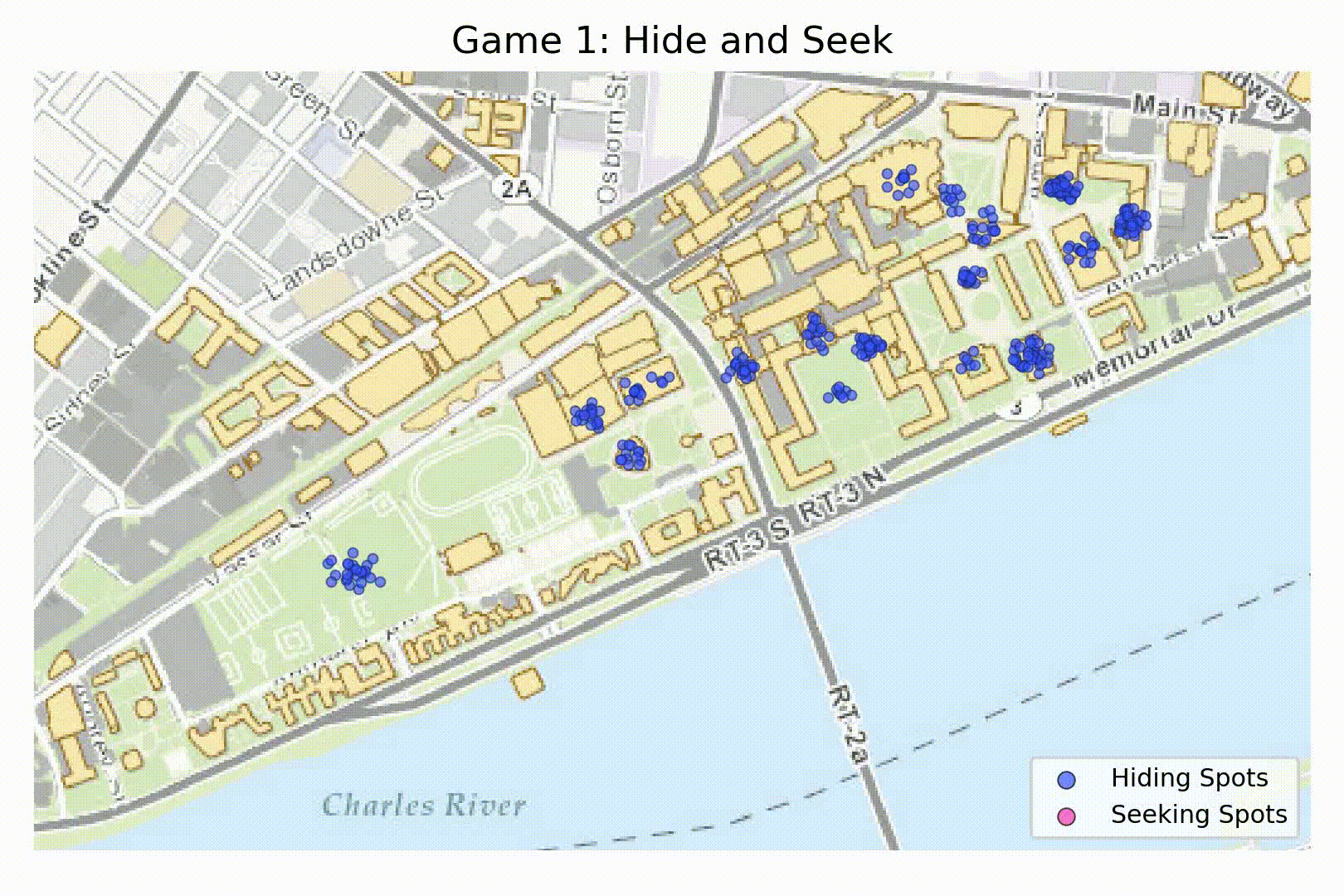
dormspam-the-game (Part 1) by Kathleen E. '23
wits, skill, and the teeniest amount of luck
Last month, I had the pleasure of competing in dormspam-the-game!
Run by anonymous Gamemasters01 I plan to update this post once they reveal their identities and funded by the de Florez Fund for Humor, dormspam-the-game was a series of 5 games played over 5 weeks. The first-place winners of each game progress to a live game show02 Happening next week, Friday August 21 at 7:30PM ET! to compete for $399 while the other top scorers receive small monetary prizes.03 the top 10 scorers win $15 each and the next top 20 scorers win $10 each Each game was advertised through “dormspam,” which is the is the term for emails sent through dorm mailing lists.
The games involved “wits, skill, and the teensiest amount of luck,” to quote the Gamemasters. I managed to place 3rd overall,04 To be completely accurate, I actually had the 4th-highest score, but since the person who placed just above me won 1st place for an individual game, he was removed from the overall rankings to progress to the live game show. Thus I ended up 3rd and won $15 along with the other top ten scorers. winning a modest but appreciated $15!
In my opinion, winning required more luck than any wit or skill – and I can show this using the data collected from the games, which the Gamemasters have so graciously made public.
In this post, I’ve analyzed (with the help of the Gamemasters) and visualized the data from Game 1: Hide and Seek. My code can be found here.
Game 1: Hide and Seek
Rules
- You are the player. You choose a place to hide and a place to seek from a list of 20 locations on MIT’s campus.
- Your score, which you aim to maximize, is calculated as (the number of people that hide where you seek) – 0.999(the number of people that seek where you hide).
- As a tiebreaker, you estimate the number of people you expect to play Game 1.
My Performance
- I chose to hide at MIT Medical and seek at Briggs Field.
- I placed 162nd out of 341 players,05 It seemed unlikely that I could go from here to 3rd overall, but I did much better in the later games. with a score of -1.972. My score was calculated as: 26 hiders at Briggs Field – (0.999 * 28 seekers at MIT Medical) = -1.972.
- Two other people got the same score as me, but ultimately ranked higher than me due to the tiebreaker. I guessed that 1010 people would play (the actual number was 341).
- My strategy: I didn’t really have one. While clearly I would want to maximize the number of people hiding where I seek and minimize the number of people seeking where I hide, there is no way to do this empirically – no player has access to the decision made by any other player! Moreover, there was no external incentive (like extra points) to necessarily choose one location over another, so it was hard to predict the actions of other players. Doing well in this game was very luck dependent. To make my decision, I started by eliminating places that I felt people rarely went in real life (like the Atlas Center) or went very often (like Lobby 7). I made my final pick by just picking what I might actually do if we were playing Hide and Seek at MIT, mid-pandemic – hypothetically, I could stock up on masks by going to MIT Medical and then go social distance from everyone on Briggs Field. In the next section, I talk about how this actually worked out for me.
Analysis
- Estimating the number of players: Amazingly, the median tiebreaker estimate was equal to the actual number of players: 341.
- MIT students are a hive mind: There were 400 possible hide-and-seek combinations. Of those possible combinations, only 186 occurred. Of these 186 combinations, 88 were chosen by more than one player and 1 combination (hiding in the Edgerton Center and seeking in the Borderline Tunnel) was chosen by 9 players. Despite the tiebreaker, there were 10 pairs of ties!
- How my score ranked: I scored just better than the median score of -1.98.
- How my strategy shaped up: Unfortunately, eliminating the Atlas Center from consideration was a bad move; 48 people (the most of any location) chose to hide there, so it would have been a great place to seek. Hiding in MIT Medical was also a bad move – other people’s thinking seemed to be influenced similarly to mine by the COVID-19 pandemic, resulting in a relatively high number of people (28) seeking there. Seeking at Briggs Field worked out alright – a substantial number of people chose to hide there (26).
- Data and Scores for each (hide, seek) combination: Here are two matrices, showing the number of people who chose each combination and the score yielded by each combination. On the score matrix, I’ve highlighted my choices in yellow and the winner’s choices in blue.
Visualization
I made two animated visualizations06 A bit bootleg, but I used matplotlib and ffmpeg rather than a dedicated animation library to better see how the game played out on campus.
Where were the hiding and seeking hotspots? On the map below, the bluer areas show hiding hotspots while the pinker areas show seeking hotspots.
What would an aerial view of the game have looked like? On the map below, I represented each of the 341 players as a point and show where they chose to hide and seek. I also the locations that I and the winner each chose. As you can see, the winner hid in an area with extremely few seekers and sought in an area with a lot of hiders. He did tie with one other person, but won due to the tiebreaker.
It was fun to play and then analyze this game! If you liked this post, look out for another one (or maybe two) with analyses and visualizations of the other 4 games!
- I plan to update this post once they reveal their identities back to text ↑
- Happening next week, Friday August 21 at 7:30PM ET! back to text ↑
- the top 10 scorers win $15 each and the next top 20 scorers win $10 each back to text ↑
- To be completely accurate, I actually had the 4th-highest score, but since the person who placed just above me won 1st place for an individual game, he was removed from the overall rankings to progress to the live game show. Thus I ended up 3rd and won $15 along with the other top ten scorers. back to text ↑
- It seemed unlikely that I could go from here to 3rd overall, but I did much better in the later games. back to text ↑
- A bit bootleg, but I used matplotlib and ffmpeg rather than a dedicated animation library back to text ↑
